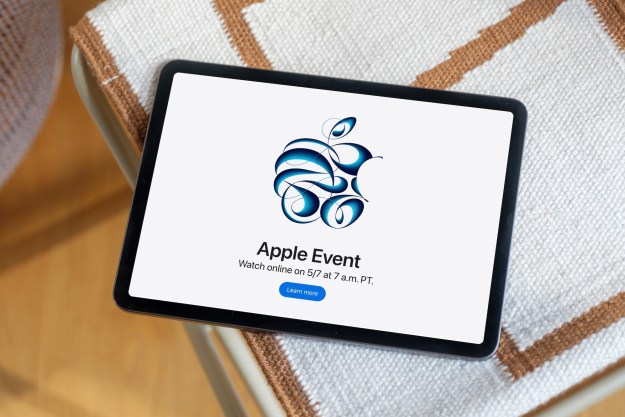The new iPad Pro, MacBook Air, and Mac Mini may have stolen the show at Apple’s Mac hardware event, but they weren’t the only announcements the company made. Alongside the new iPad Pro, Apple also took the wraps off of a new second-generation Apple Pencil to go with it.
The Apple Pencil 2 offers a number of new features, including that it charges wirelessly — meaning you don’t have to plug it in to the Lightning port, which you wouldn’t be able to do now anyway given the fact that the new iPad Pro features a USB-C port instead. To charge the new Apple Pencil, you simply need to attach it magnetically to the side of the new iPad Pro. That’s also how you pair it — snap it to the side of the iPad Pro, and it should pair automatically. When you do, a drop-down bubble will appear on the iPad Pro, showing the battery percentage of the Apple Pencil.
There are a few major things that make the new Apple Pencil different from the original, which launched in 2015. Apart from different charging methods, the new Apple Pencil also has a slightly different design, offering a flat side rather than a totally round build. That flat side, presumably, allows the device to more easily attach to the iPad Pro.
The new Apple Pencil also offers a few tweaks that make it more functional. For example, it now supports gestures like the ability to tap twice to perform certain tasks. In notes, tapping twice will switch the Pencil to the eraser tool — and tapping twice again will switch back to the previous tool.
The price of the new Apple Pencil is different from the old one too. The device comes in at $130, which is $30 more expensive than the previous-generation Apple Pencil. Unfortunately, the new Apple Pencil isn’t compatible with earlier-generation iPad Pros, either. That’s to say, if you order a new iPad Pro you won’t be able to use your old Apple Pencil with it — and if you like the idea of the new Apple Pencil, you won’t be able to use it with your old iPad Pro. That’s a pretty major bummer for Apple Pencil users who still like their old one.
Editors' Recommendations
- I don’t think Apple wants me to buy the new iPad Pro
- Apple updated two of its biggest iPad apps, and they look amazing
- Apple overhauled its two best iPad accessories. Here’s what’s new
- The new iPad Pro is here, and it looks absolutely ridiculous
- How to watch Apple’s big iPad event on May 7


